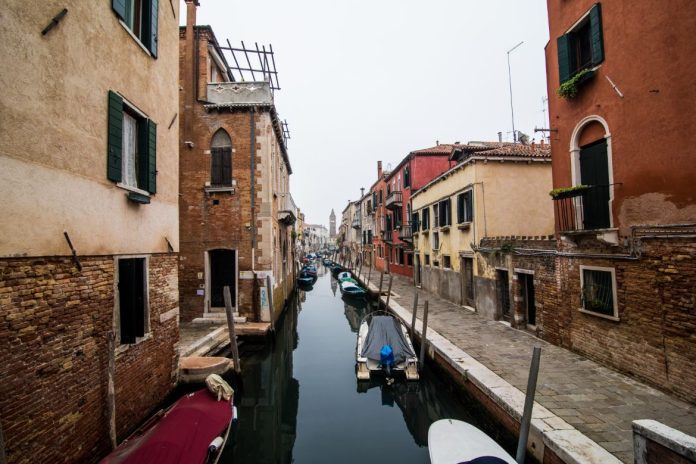Imagine a world without cars, it would be so magical and sustainable. Some places in this world due to their narrow streets or busy vehicular and pedestrian traffic it is difficult to travel by cars or automobiles. With people-oriented urban planning and for taking care of the environment instead of cars you have other modes of transport to travel in. There is a lot of prioritization of walking and cyclists in most urban cities all over the world. These car-free places promote a slower pace of life, allowing visitors to immerse themselves fully in the local culture, appreciate the beauty of their quaint streets and surroundings, and enjoy an environmentally friendly travel experience.
List of car-free places around the world
- Matheran, India
- Venice, Italy
- Giethoorn, Netherlands
- Mackinac Island, Michigan
- Hydra, Greece
- La Digue, Seychelles
- Ghent, Belgium
- Zermatt, Switzerland
1- Matheran, India: Matheran stands out as Asia’s only automobile-free hill station. This tranquil retreat preserves its natural charm by prohibiting cars. It allows visitors to explore its picturesque landscapes on foot, horseback, or via a nostalgic ride on the century-old toy train, creating a peaceful ambience in Matheran.
2- Venice, Italy: Venice exudes a distinctive allure characterized by the absence of automobiles, which are replaced by boats and walking as the primary means of transportation. Exploring the city’s intricate network of waterways and narrow streets with bridges over the canals allows visitors to delve into its historic culture and explore the beautiful ancient monuments.
3- Giethoorn, Netherlands: Giethoorn enchants visitors with its enchanting waterways and car-free streets and is affectionately referred to as the Venice of the Netherlands. It’s mostly popular for its boat-filled waterways, footpaths, bicycle trails and centuries-old thatched-roof homes. Visitors can embark on leisurely boat rides through the village’s serene canals.
4- Mackinac Island, Michigan: Mackinac Island has become a popular and attractive summer resort, there are only bicycles and horse-drawn carriages for transportation. Travellers can explore historic sites, picturesque routes, and beautiful sceneries, immersing themselves in the island’s natural beauty and rich heritage.
5- Hydra, Greece: Hydra is the most wonderful port village in all of Greece. The small, boat-filled harbour ringed with cafes, restaurants and gold shops is surrounded by a village of stone houses and mansions that rise the hills like an amphitheatre. Aesthetically it is perfect because it includes and goes beyond, all the formal arrangements of the imagination.
6- La Digue, Seychelles: La Digue Island in Seychelles is the definition of paradise! Boasting beaches and bays, turquoise water, vibrant coral reefs, and giant granite boulders, you’ll be blown away as soon as you step foot on this island. Affectionately known as Bicycle Island, La Digue encourages exploration by pedal power, allowing travellers to lush jungles, and scenic coastal paths at their own pace.
7- Ghent, Belgium: Ghent city centre has been restored to middle-aged fashion, making it a city of history. Tourists flock to the city for its cultural events such as The Festival of Flanders and the Ghent Jazz Festival which have earned UNESCO recognition. the port city offers much, including sightseeing, beautiful castles, sparkling canals, fascinating architecture, medieval structures, and fruity beers.
8- Zermatt, Switzerland: Zermatt, located in the south of Switzerland by the Italian border, the snow-capped Matterhorn mountain is the main draw in this touristy town. In Zermatt, you can travel up the side of the mountains by train to see the Matterhorn up close and personal and dine on traditional Swiss cuisine, which means lots of cheese and chocolate.
We must make changes to reduce our current over-reliance on cars if we want sustainable cities. To profit from new infrastructure and designs as well as from the fact that future generations will see the space differently and consequently construct new narratives around it, we may start this process by considering how we reorganize and use public space. Temporary interventions make use of already-existing resources and concentrate on influencing people’s perceptions, which will eventually influence how we think about and implement sustainable urban planning in the long run.






























